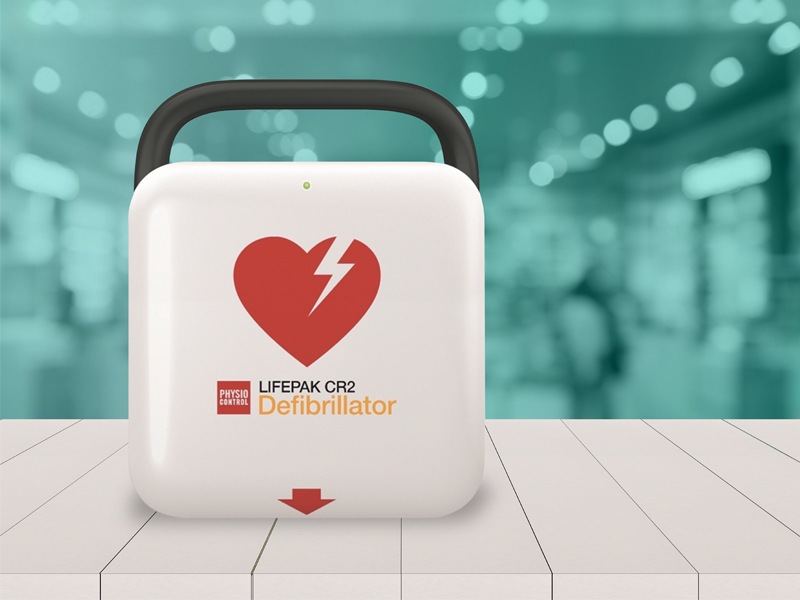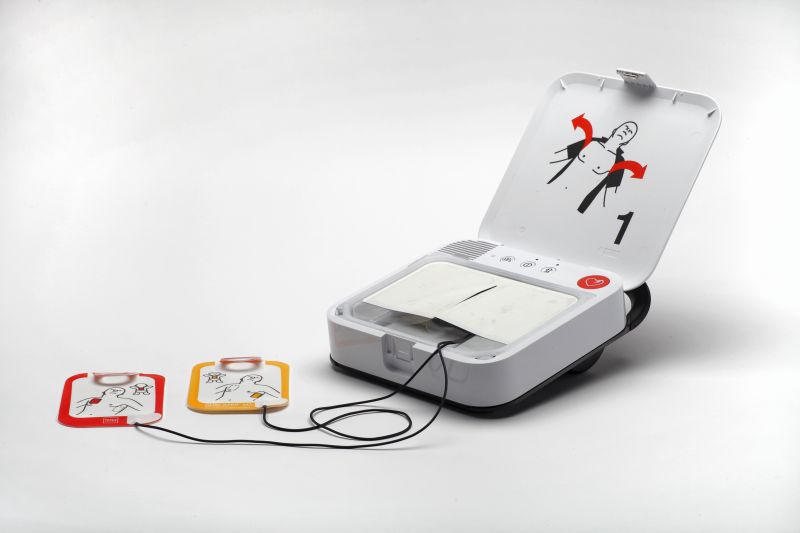
Covid-19 relationship and cardiac arrest, defibrillator even more essential
Covid-19 and cardiac arrest is a daily problem for every rescuer. Both national and international studies have shown how the cardiac arrest cases and the mortality rate have increased in the global Covid-19 scenario
Cardiac arrest, increased cases during the Covid-19 pandemic: here’s why
The causes of the increase in cardiac arrests are mainly due to:
– People are reluctant to go to the emergency room at the first signs of illness for fear of exposing themselves to the virus
– The emergency vehicles time to respond has increased due to the number of Covid-19 cases that need cares. The treatment of Covid-19 requires procedures (dressing, undressing, sanitising) that significantly increase the time for the vehicle and team to be available again.
– Courses in first aid and the use of AEDs (defibrillators) have been suspended for a long time by training providers due to ministerial provisions to reduce the possibility of increasing the number of infections with manoeuvres involving close contact. A circular from the Ministry of Health was necessary to indicate the need to resume training (BLSD first aid training courses are, therefore, assimilated to those permitted by the Prime Ministerial Decree of 3 December 2020, Article 1, paragraph 10, letter s).
– People trained in rescue have seen a reduction in their operating time, partly due to their first-hand positivity (given the high exposure).
– Complications of vaccination with anaphylactic shock reaction
![]() International research has given values to the incidence of the elements examined above, correlating them with increased cases of cardiac arrest and related deaths
International research has given values to the incidence of the elements examined above, correlating them with increased cases of cardiac arrest and related deaths
The IRC (Italian Resuscitation Council), an accreditated Ministry of Health scientific society that brings together doctors and nurses experts in cardiopulmonary resuscitation, identifies among the potential causes the territorial emergency systems overloading and the fewer rescuers involvement for fear of exposure and infection.
The SIC (Italian Society of Cardiology) also recently conducted a study in 54 hospitals, comparing the week 12/19 March 2020, during the SARS-CoV-2 pandemic, with the same period in 2019.
The New England Journal of Medicine published a study about Italy, analyzing the incidence of out-of-hospital cardiac arrests in four Lombardy provinces during the pandemic, comparing the data with the previous year.
The Lombardy region was among the first areas to have an outbreak of Covid-19 outside China; the first case appeared on 20 February 2020 in Lodi province.
Using the Lombardy cardiac arrest registry (Lombardia CARe), out-of-hospital cardiac arrests that occurred in the Lodi, Cremona, Pavia and Mantua provinces during the first 40 days of the Covid-19 outbreak (21 February to 31 March 2020) were compared with those in the same period in 2019 (21 February to 1 April 2019, to account for leap year).
Within the reporting period, 362 cases of out-of-hospital cardiac arrest were identified, compared to 229 cases identified during the same period in 2019 (+58%).
Increases of various sizes in the number of out-of-hospital cardiac arrest cases were observed in all four provinces.
Before the Covid-19 advent, 60,000 deaths from sudden cardiac arrest were recorded in Italy each year.
Research indicates that the updated figure is likely to be between 100,000 and 120,000.
To cope with sudden cardiac arrest, the AED must be present near the event: school, work, transport, public administration, parks, sports facilities, city streets, etc…
Today, cardio-protection becomes even more of a fundamental element of prevention, with great potential for saving lives.
![]() Read more:
Read more:
Out-Of-Hospital Cardiac Arrests And COVID, The Lancet Issued A Study On OHCA Increase
Cardiac arrest, in Italy in 2020 +60% more deaths than in 2019





